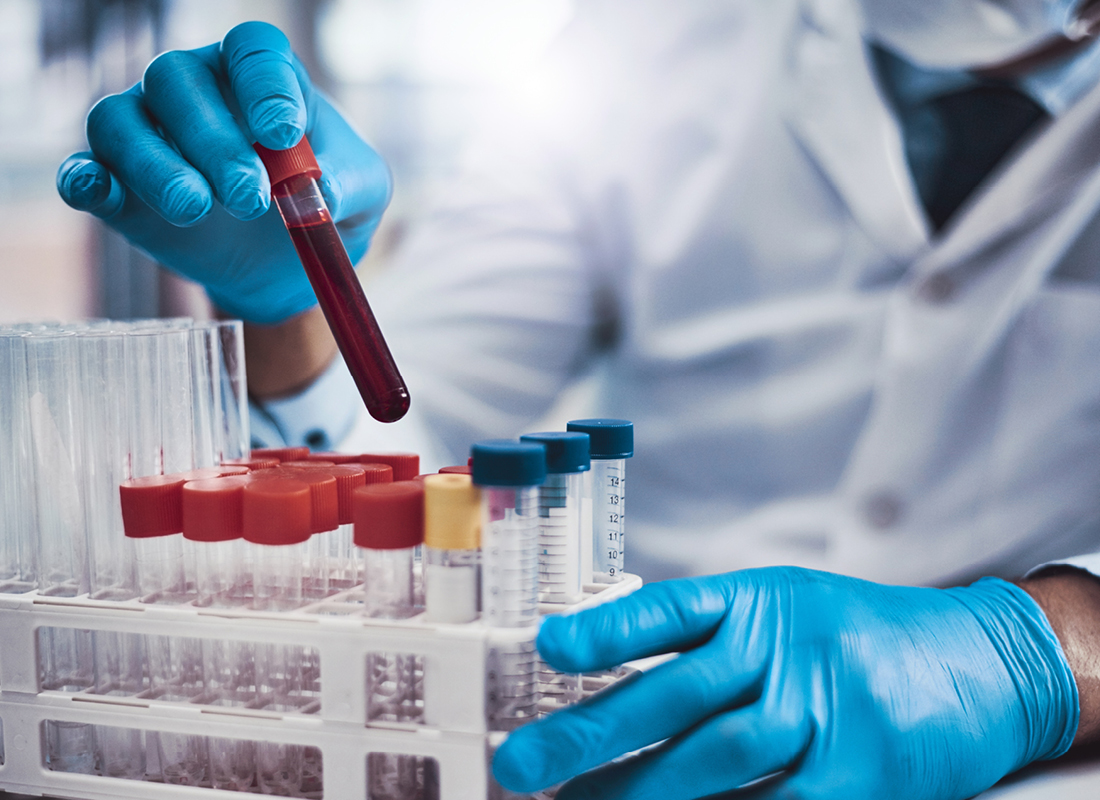Utilization: Study Finds that Distribution of Free Self-Tests Increases HIV Testing & Awareness
Internet distribution of free HIV self-tests can boost testing, promote awareness among high-risk individuals resulting in less incidence of transmitting the disease. These are the key findings of a newly published Centers for Disease Control and Prevention (CDC) study.

Internet distribution of free HIV self-tests can boost testing, promote awareness among high-risk individuals resulting in less incidence of transmitting the disease. These are the key findings of a newly published Centers for Disease Control and Prevention (CDC) study.
The Study
What would happen if men who have sex with men (MSM) got free HIV testing kits via the internet? That was the question posed by the Evaluation of Rapid HIV Self-testing Among MSM Project (eSTAMP) study undertaken by the CDC in 2015. The researchers used internet dating and online sites to recruit 2,665 male participants who reported having had anal sex with at least one male partner within the past year and were either HIV-negative or unaware of their HIV status. Eligibility criteria also included never having been diagnosed with a bleeding disorder or participating in an HIV vaccine trial, and not taking antiretroviral medications to prevent HIV.
The research team then divided the participants into two groups, the self-testing and nonself-testing control group, and mailed participants in the former two free HIV self-tests:
- OraSure Technologies’ OrqQuick oral fluids assay; and
- Chembio’s Sure Check HIV 1/2 finger-stick blood test.
Participants were also offered access to phone counseling and other HIV testing resources. They were also asked to answer surveys every three months in exchange for payment. The study lasted 12 months, at the end of which all participants received self-tests.
“To our knowledge, this study is the first nationwide, large, internet-based, randomized clinical trial of HIV self-testing in the United States, and participants were not required to interact with healthcare providers, counselors, or peers,” the researchers wrote. “By mailing HIV self-tests, this design aimed to increase distribution efficiency and reduce some of the barriers associated with clinical and peer-based HIV testing programs, such as patient and physician time, testing costs, stigma and face-to-face interactions.”
The Study Results
The study results were published in the Nov. 18, 2019 edition of JAMA Internal Medicine. Key findings:
- Participants who received the self-tests reported getting tested more frequently than those who did not, with most reporting testing three times or more during the study period.
- Of the 36 newly identified HIV infections reported by all the trial’s participants, 26 were from those who received self-tests.
- Nearly half of the total number of infections reported were among participants who had not been tested in the preceding year, with nine infections diagnosed in individuals who had never been tested before.
- Study participants in the self-testing group reported 34 newly identified HIV infections among members of their social networks with whom they shared the tests.
- Annual HIV testing among those receiving self-tests increased roughly 57 percent.
- 61 percent of trial participants in the self-testing group reported receiving annual testing before enrollment in the study, but that figure rose to 96 percent at the end of the study.
- The percentage of control group participants who tested for HIV annual increased only 5 percent over the course of the study, from 60 percent to 63 percent.
- Nearly all of those receiving self-tests reported testing at least once during the study compared with fewer than two-thirds of control group participants.
|
Highlights of eSTAMP: Positive results |
|||
|
Study measure |
Self-testing group (n = 1,325) | Control group (n = 1,340) |
p-value for difference |
| No. of new HIV infections |
25 (1.9%) |
11 (0.8%) |
0.02 |
| Infections reported in first 3 months of study |
12 (0.9%) |
2 (0.1%) |
< 0.01 |
Source: MacGowan et al, JAMA Internal Medicine.
Takeaway: The number of new HIV cases in the U.S. has steadily declined. However, despite the progress, HIV remains a problem. Aggravating the situation is the fact that fewer than half of adults have ever been tested for HIV and approximately 15 percent of those who are infected are unaware of it. The eSTAMP study suggests that awareness initiatives can help solve the problem and should be included as part of HIV prevention programs. “Distribution of HIV self-tests provides a worthwhile mechanism to increase awareness of HIV infection and prevent transmission among MSM,” wrote the study authors. “Additional implementation research on HIV self-testing could provide information about the most cost-effective methods for online recruitment, optimal frequency of self-test provision, linkage of HIV-positive persons to care, and HIV behavioral messaging to improve operational expansion of HIV self-testing,” they added.
Subscribe to Clinical Diagnostics Insider to view
Start a Free Trial for immediate access to this article